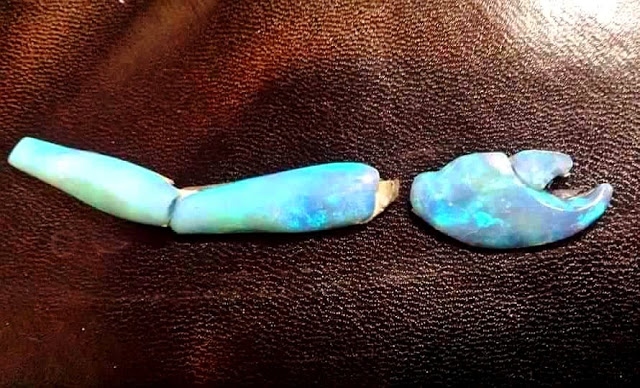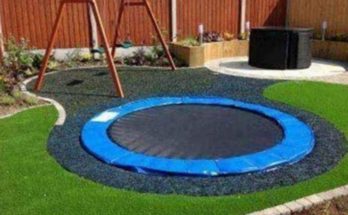Have you ever found a fossil in real life? It’s a super fun find, right? But do you know how they form? Basically, the space where bones or other organic material once lay, covered by rocks and debris, fill with another material that has hardened by the time the fossil has been found, so it’s a different color from its surroundings, making it visible.
But while you might have seen a lot of brown and white fossil color combinations, you might have never seen (or even thought about) fossils made from opal. Opals are highly valuable, highly sought-after precious stones admired for their rainbow colors. They usually form as fossils when some buried bones, plant life, or shell disintegrates leaving an underground cavity to fill. The most common type is when silica in water floods the cavity left by one of these bones or shells. This can be though of as a kind of jelly mold that hardens, and these types of fossils don’t usually have a lot of details preserved.
However, there is a more uncommon type, where the bone or wood (most common types) hasn’t completely wasted away, but the silica and water starts coming in. and it soaks into the bone or wood and hardens that way. This leaves a lot of detail intact when the fossil gets found. Photo by Peter Cuneo.
 " >
" >


